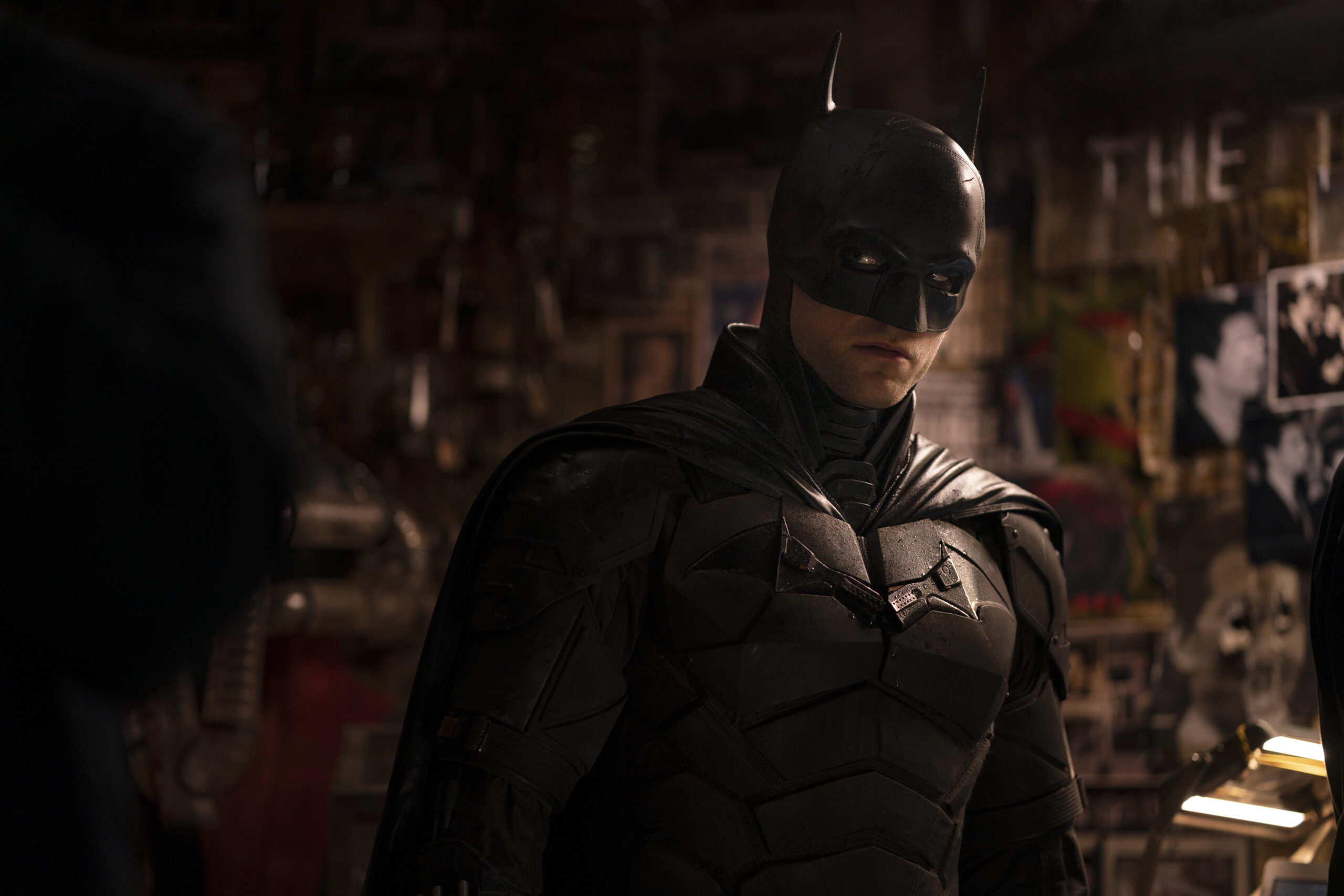In the world of modern cinema, where art and industry intertwine like vines on an ancient wall, the Barbenheimer phenomenon emerges as a unique testament to the power of storytelling, marketing, and most intriguingly, fan culture. Barbenheimer, a portmanteau of the films “Barbie” and “Oppenheimer,” transcends the boundaries of a mere scheduling coincidence to become a cultural touchstone, a mirror reflecting the multilayered relationship between movies, their makers, and their audience.
The inception of Barbenheimer, born from the simultaneous release of “Barbie” and “Oppenheimer” on July 21, 2023, catalyzed an unprecedented discourse in the realm of cinema. This serendipitous clash of two seemingly antithetical films – one a sun-soaked, pop-cultural icon, the other a stark, historical drama – created a dichotomy that resonates with the very essence of film as both art and spectacle.
On one hand, Greta Gerwig’s “Barbie,” with its kaleidoscopic aesthetic and a narrative poised to subvert expectations, encapsulates the zeitgeist of a generation seeking both nostalgia and novelty. On the other, Christopher Nolan’s “Oppenheimer,” steeped in the gravitas of historical events and the auteur’s signature cerebral filmmaking, appeals to a more traditional cinephilic audience. The juxtaposition of these films not only highlights the diverse palette of modern cinema but also serves as a microcosm of the industry’s broader trends and challenges.
The Barbenheimer phenomenon also underscores the role of marketing in the contemporary film industry. In a landscape where social media buzz and viral marketing can significantly influence a film’s success, the organic growth of Barbenheimer in public consciousness demonstrates an evolving playbook for film promotion. This unintentional yet masterful stroke of marketing genius – a product of circumstance, fan engagement, and media amplification – reveals a crucial aspect of film promotion in the digital age.
Moreover, Barbenheimer is a testament to the power and creativity of fan culture. The term, initially coined in a social media post, quickly snowballed into a viral sensation, spawning memes, merchandise, and spirited debates. This grassroots movement underscores the increasingly important role of fan communities in shaping the narrative and success of films. It’s a vivid reminder of the communal experience of cinema, where audiences are not mere spectators but active participants in the cultural dialogue.
In essence, Barbenheimer serves as a reflective lens on the complexities of the modern film industry and its relationship with fan culture. It’s a narrative that weaves together the threads of artistic ambition, commercial strategy, and audience engagement, painting a picture of a dynamic, ever-evolving landscape. As filmmakers and studios navigate this terrain, the lessons of Barbenheimer loom large – a reminder of the unpredictable alchemy of cinema that can turn a scheduling overlap into a cultural phenomenon.
In conclusion, Barbenheimer is more than just a quirky footnote in the annals of film history. It’s a vibrant illustration of the interplay between creation and reception, a dance between the vision of filmmakers and the voice of the audience. As we continue to witness the evolution of cinema, Barbenheimer stands as a beacon, illuminating the path where art meets expectation, where stories transcend screens to become a shared experience, a collective memory etched in the cultural consciousness.


